Zoroastrianism is one of the world’s oldest monotheistic religions. For more than thousands of years (600 BE – 650 CE), Zoroastrianism was a state religion of Pre-Islamic Iran, known as Persia. The Iranian prophet and religious reformer called Zarathustra (Zoroaster), is regarded as the founder of the religion.
The most important texts of the religion are those of ‘Avesta’, which includes the writings of Zoroaster known as Gathas. A rather special fact about this holy book is that it is among the few religions of which the holy book has been composed at different times and by different authors.
Major Features of Zoroastrianism
Like every religion, Zoroastrianism has its own practices and unique features. Zoroastrianism has two recognizable monuments:
Towers of Silence
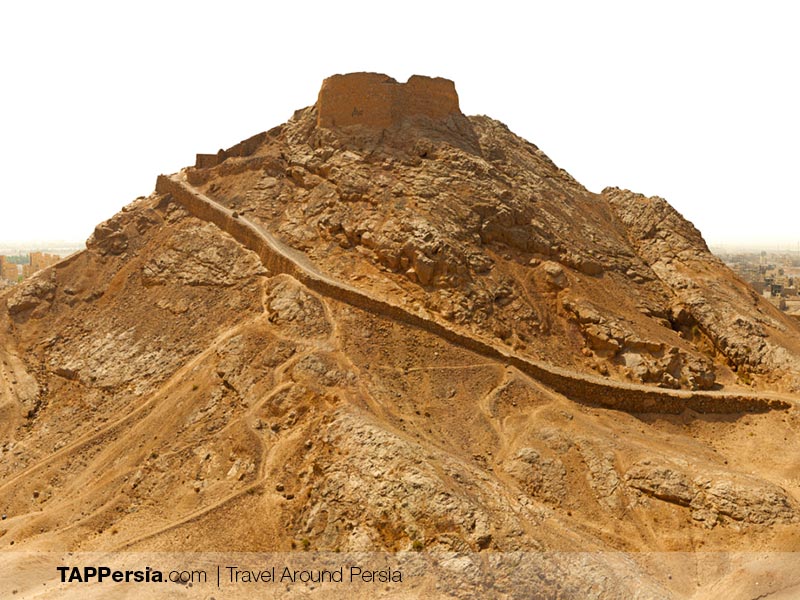
The Towers of Silence are commonly identified with the belief and practice of Zoroastrians regarding the safe disposal of the dead, in a certain way that a corpse does not pollute the earth. In those early ages, they would walk up the countless steps carrying the dead corpse to the top of the tower and place the dead body on a stone surface for the vultures to eat. After a couple of days, the remaining skeleton will then be thrown inside the hollow part of the tower. However, this type of disposal of dead corpses are currently only practiced in Indian communities, other Zoroastrian communities either cremate their dead or bury them in graves that are cased with lime mortar. It is worth mentioning that in today’s Iran, Zoroastrians only bury the dead bodies and cremation is not practiced.
Fire Temples
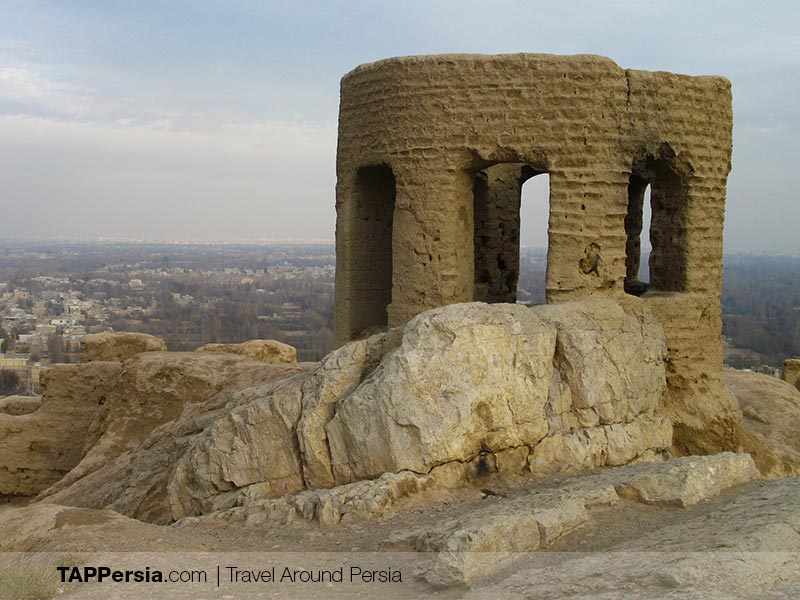
Traditionally, Zoroastrians worship individually at home, or in the open air. Zoroastrian scriptures do not prescribe worshiping in a temple and make no mention of Zoroastrian places of worship. However, over time Zoroastrians developed the concept of worshiping in temples, called fire temples. The temples contain an inner platform where a fire is maintained or placed. This fire is there because Zoroastrians face a source of light when they pray. This fire is kept burning continuously, representing an eternal flame.
There is a misconception about Zoroastrians worshiping the fire, which is not the case. Fire is considered a medium through which spiritual insights and wisdom are gained, and water is considered the source of that wisdom. Due to the importance of the water and fire, it will be represented in all temples. Zoroastrian theology includes a duty to protect nature. This has led some to proclaim it as the “world’s first ecological religion”. The scripture calls for the protection of water, earth, fire and air.
Extinction of Zoroastrianism
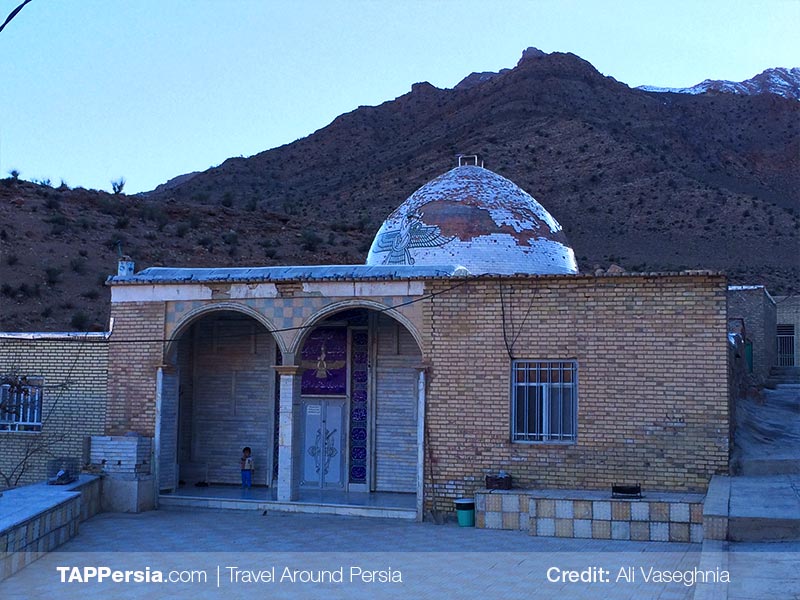
Throughout the years, decades and even centuries, the followers of Zoroastrianism have been decreasing in numbers. Currently, there are around 200.000 followers of whom most are residing in Iran and India.
The main decline started in the early ages after the Muslim conquest of Persia (633-653), it didn’t take long for the country to rapidly be Islamicized. This specific decrease had to do with the continues suppression towards Zoroastrians from the new Arab rulers. Most of this was through discrimination, harassment and violent forced conversions. Another fact is that the Arab rulers of that time destroyed fire temples, libraries and cultural heritage.
Additionally, everyday life became much harder for Zoroastrians and other minority religions, due to a certain tax system specially created for non-muslims during those years. Although Zoroastrians were continuing to follow their beliefs, there was still a slow but steady social and economic pressure to convert to Islam, as many later on did as well.
Practices
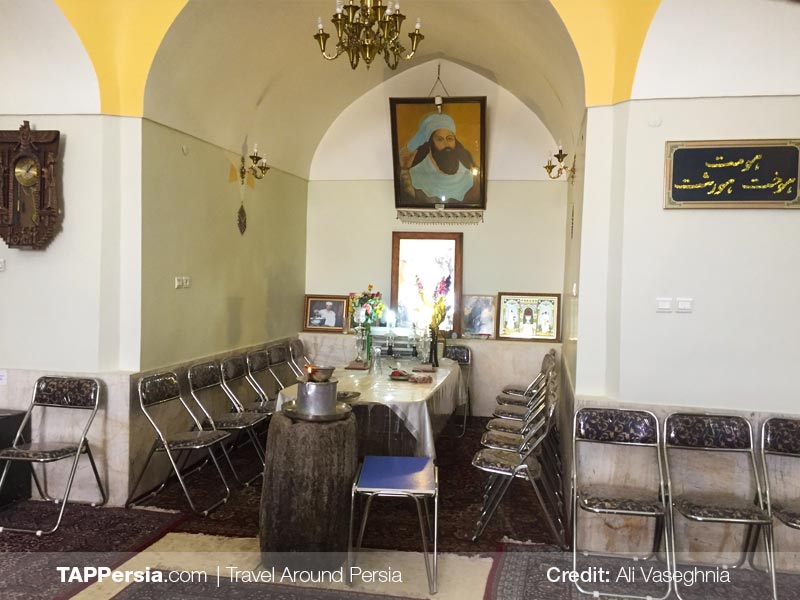
In Zoroastrianism, an active participation in life through good deeds is necessary to ensure happiness. This participation is a red line through Zoroaster’s concept of free will. Therefore, its basic proverbs include:
Good Thoughts, Good Words, Good Deeds
There is only one path and that is the path of truth
Do the right thing because it is the right thing to do, and then all beneficial rewards will come to you also.


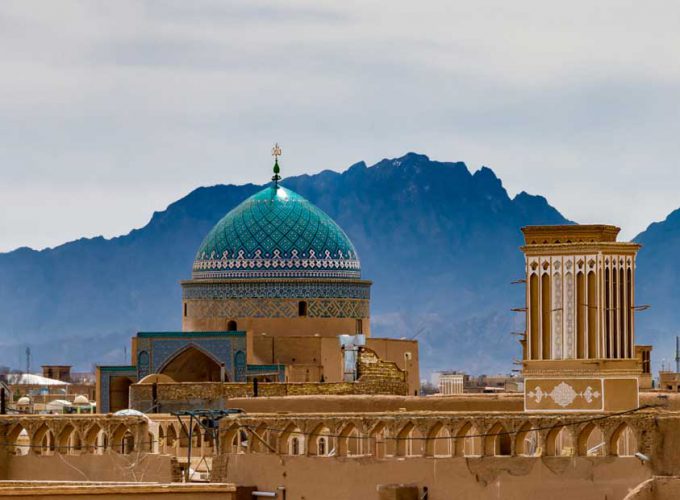
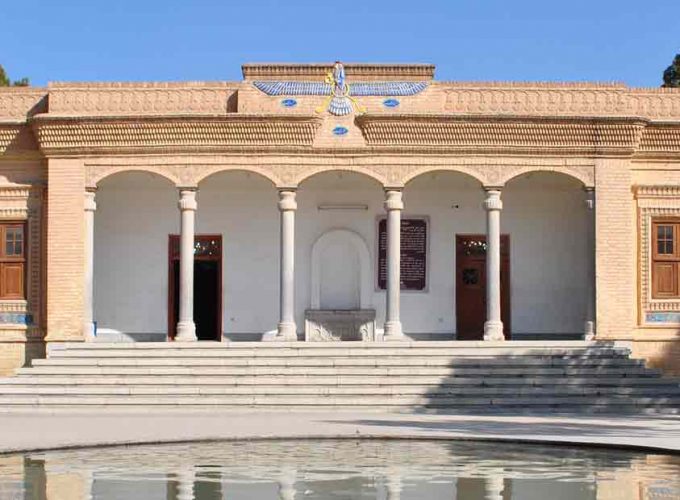
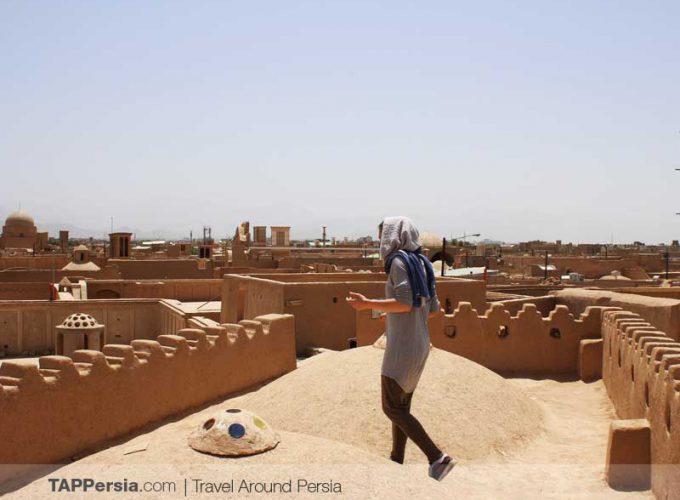
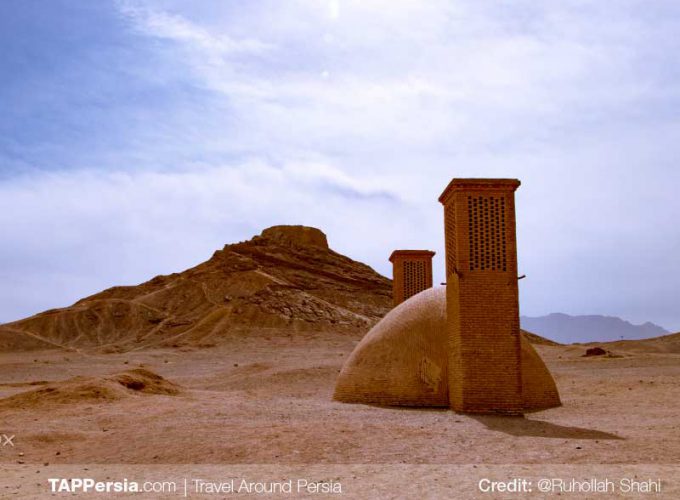
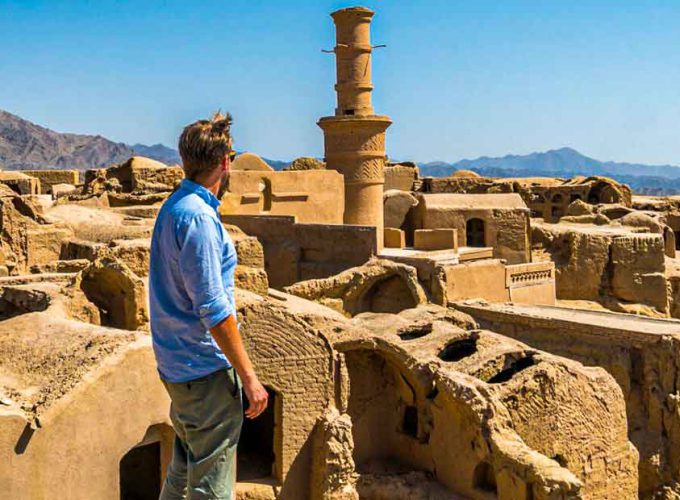



This is truly helpful, thanks.